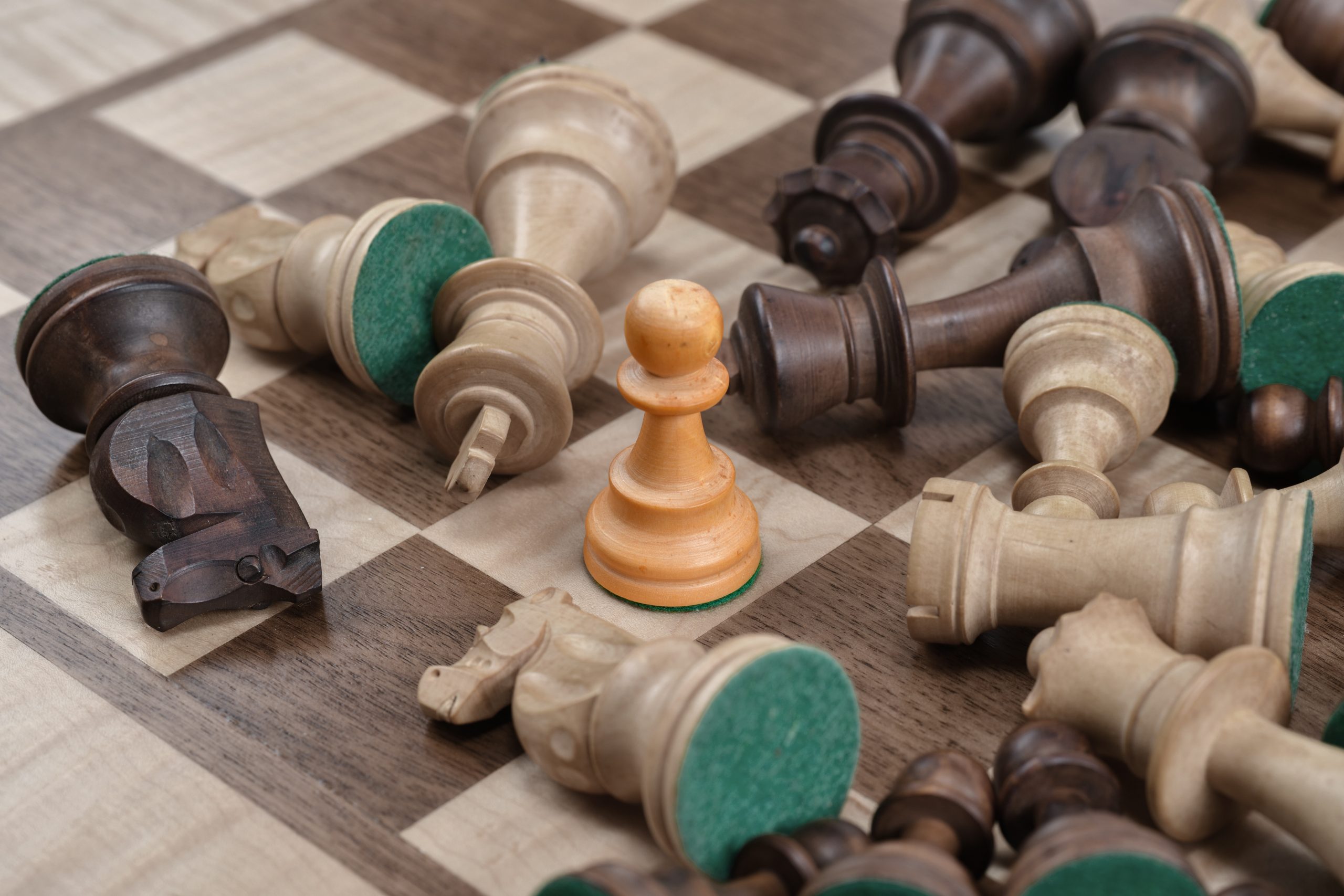It will take a lot of studying and practicing to become a chess champion. To get you started, consider the following 10 suggestions:
KNOW THE MOVIES
Each chess piece has a limited range of movement. For instance, a pawn can only attack one square at a time from an angle while moving straight forward. The movement of a knight is in the form of an L. The bishop can travel more than one square at once, but only at an angle. The rook (castle) can only move forward, backward, or to the side in a straight line. The most potent piece, the queen, can travel in any direction for any quantity of squares, but she cannot move in two directions at once. And the king advances one square at a time in any direction, as a king ought to.
STARTING WITH A PAWN
The pawn in front of the king or queen should be moved two squares forward. (A pawn can only advance two squares on its first move.) This makes it easier for your queen and bishops to join the action. If pawns are in the way, they move at an angle and cannot enter the field of battle.
REMOVE THE KINGS AND BISHOPS
You should advance your knights and bishops toward the middle of the board before moving your queen, rooks, or king. In order for the pawns to attack, you must remove these pieces from behind them.
AVOID LOOKING BACK!
and forth! Always ask yourself, “What did my opponent’s last move do? ” when it is your time. What is he working on? Does he set traps to get your pieces? Next, make your own plan. Always consider all of your options. First, consider actions that would threaten or capture your opponent’s king or men. But before you play a move, always double-check it. Consider whether anything you moved was left unsecured.
AVOID WAITING TIME
Avoid using your pawns excessively or attempting to eliminate your opponent’s pawns.
Early “CASTLE”
By casting, you can bring your rook into play and move your king to safety. When there are no other pieces on the squares between your rook and the king, you can move the king two squares in the direction of the rook while the rook goes to the square on the king’s opposite side. You might be able to attack your opponent’s king if he fails to castle. The only move where more than one piece can be moved in a turn is this one.
THE “MIDDLEGAME” ATTACK
The middlegame starts after you have castled and brought all of your knights and bishops into the game (these movements constitute your “opening”). Always keep an eye out for opportunities to capture your opponent’s men during the middle game. Take any piece that is not being protected by your opponent. However, consider what will happen to your part if you take his. Will you be assassinated? Always seek for ways to get a large number of your soldiers into position to assault the other monarch.
SAVE PIECES YOU LOSE
Some of your opponent’s pieces will be taken by you. Your pieces will be taken in part. You must ascertain what a decent swap is and is not. If you’re going to lose one of them, use these criteria to determine whether you’re making a wise choice:
- Princess: 9 points
- Joker: five points
- 3 points for Bishop
- Knight: three points.
- 1-point pawn
- Is it wise to forfeit a bishop in order to keep a pawn? No!
DO NOT PLAY TOO QUICKLY
Sit on your hands and search for a better move if you see one that works. Chess success depends on the ability to think slowly.
WINS THE FINAL
The endgame starts when you and your opponent swap pieces and you’re left with only a few men. The pawns take much greater significance now. A pawn turns into a queen if you can move it to the row that is farthest from you. huge success As long as your king avoids contact with your opponent’s other pieces, notably the queen, and resists being checked, he may attack as well.
When your opponent suggests using one of his pieces to capture your king in the following move, you are considered to have your king under check. The game is over if your king is in check and you are unable to eliminate the threat by moving one of your own pieces to block the check or capturing the opponent piece that has him in check. Checkmate! You succeed if you checkmate your opponent before he checkmates you.


